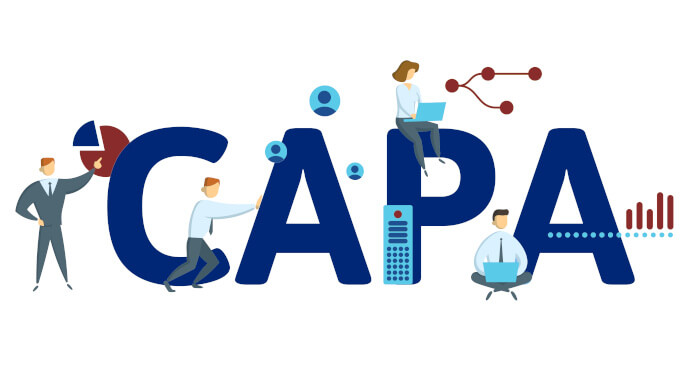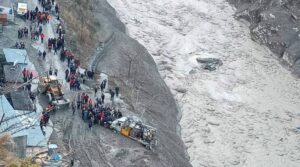| Corrective Action | Preventive Action |
| Rapid Transition to Renewable Energy: o Phasing out coal, oil, and natural gas in favor of clean energy sources. o Investing in solar, wind, hydro, and geothermal power generation. | Emission Reduction Targets: o Nationally Determined Contributions (NDCs): Countries must set ambitious targets aligned with the 1.5-degree goal. o Corporate Commitments: Businesses should adopt science-based emission reduction goals. |
| Energy Efficiency: o Improving energy efficiency in buildings, transportation, and industries. o Promoting smart grids and energy-saving technologies. | Sustainable Land Use: o Promoting regenerative agriculture and soil carbon sequestration. o Balancing urbanization with green spaces to maintain ecosystems. |
| Carbon Capture and Storage (CCS): o Capturing CO₂ emissions from power plants and industrial processes. o Storing CO₂ underground to prevent its release into the atmosphere. | Behavioral Changes: o Reducing meat consumption: Livestock farming contributes to emissions. o Choosing low-carbon transportation: Electric vehicles, public transit, and cycling. |
| Afforestation and Reforestation: o Planting trees to enhance carbon sinks. o Protecting existing forests from deforestation. | Climate Education and Advocacy: o Raising awareness about the urgency of 1.5-degree target. o Engaging communities, schools, and media in climate action. |
| Reducing Methane Emissions: o Managing livestock emissions through better practices. o Controlling methane leaks from oil and gas infrastructure. | Global Cooperation: o International Climate Agreements: Strengthening commitments under the Paris Agreement. o Technology Transfer and Funding: Supporting developing nations in their transition. |
Key Categories of Causes:
- Greenhouse Gas Emissions:
- Burning Fossil Fuels: Cars, factories, and power plants emit CO₂.
- Deforestation: Reduced carbon sinks lead to higher CO₂ levels.
- Industrial Processes: Cement production, steel manufacturing, etc.
- Land Use Changes:
- Urbanization: Concrete jungles replace green spaces.
- Agriculture: Land conversion affects ecosystems.
- Air Pollution:
- Vehicle Emissions: Nitrogen oxides, particulate matter.
- Industrial Smokestacks: Sulfur dioxide, nitrogen oxides.
- Waste Disposal:
- Landfills: Decomposing waste produces methane.
- Incineration: Releases CO₂.
- Defective Policies and Practices:
- Lack of Regulations: Weak environmental laws.
- Short-Term Focus: Prioritizing profit over sustainability.
- Consumer Behavior:
- Overconsumption: Excessive use of resources.
- Single-Use Plastics: Pollution and waste.
- Energy Sources:
- Reliance on Fossil Fuels: Coal, oil, natural gas.
- Limited Transition to Renewables: Solar, wind, hydro.
Action Items:
- Immediate Emission Reductions: Urgently cut emissions to stay on track.
- Energy Transition: Shift to renewables and phase out fossil fuels.
- Nature-Based Solutions: Afforestation, reforestation, and soil management.
- Behavioral Change: Encourage sustainable practices.
- Global Collaboration: Work together for a resilient future.
- Failure to act fast will result in Climate Implications due to Impact on Ocean Currents like AMOC and Gulf Stream:
- Shifts in Climate Patterns: Altered heat transport affects regional climates (e.g., Europe’s milder climate due to the Gulf Stream).
- Extreme Weather Events: Changes in ocean currents influence weather systems and storm tracks.
- Sea Level Rise: Weakening currents contribute to sea level rise along the U.S. East Coast.
- Ecosystem Disruptions: Marine ecosystems, fisheries, and nutrient distribution are affected.
Human-induced climate change directly impacts ocean currents like the AMOC and Gulf Stream. Understanding these connections is crucial for predicting future climate scenarios and mitigating their effects.




